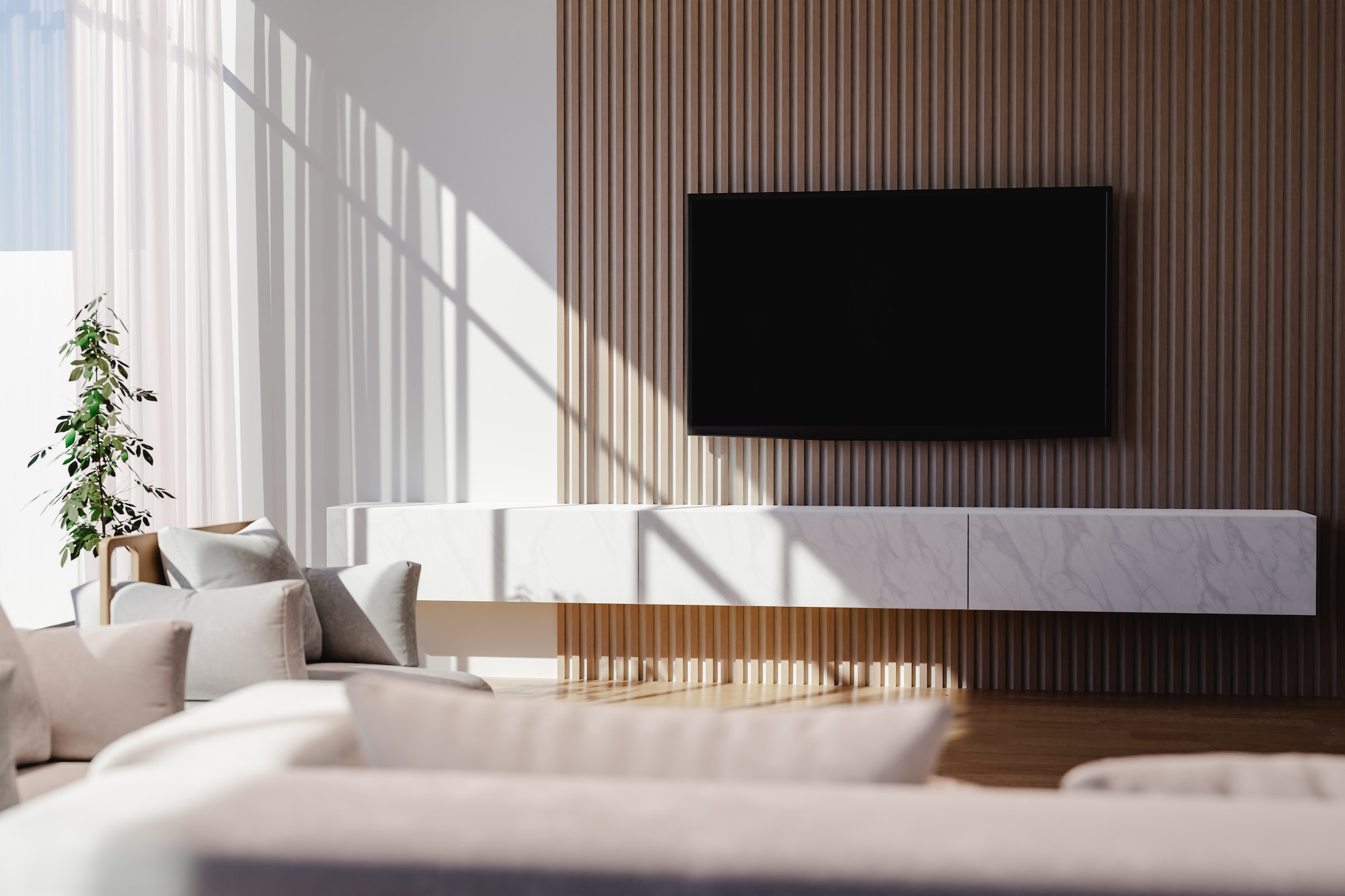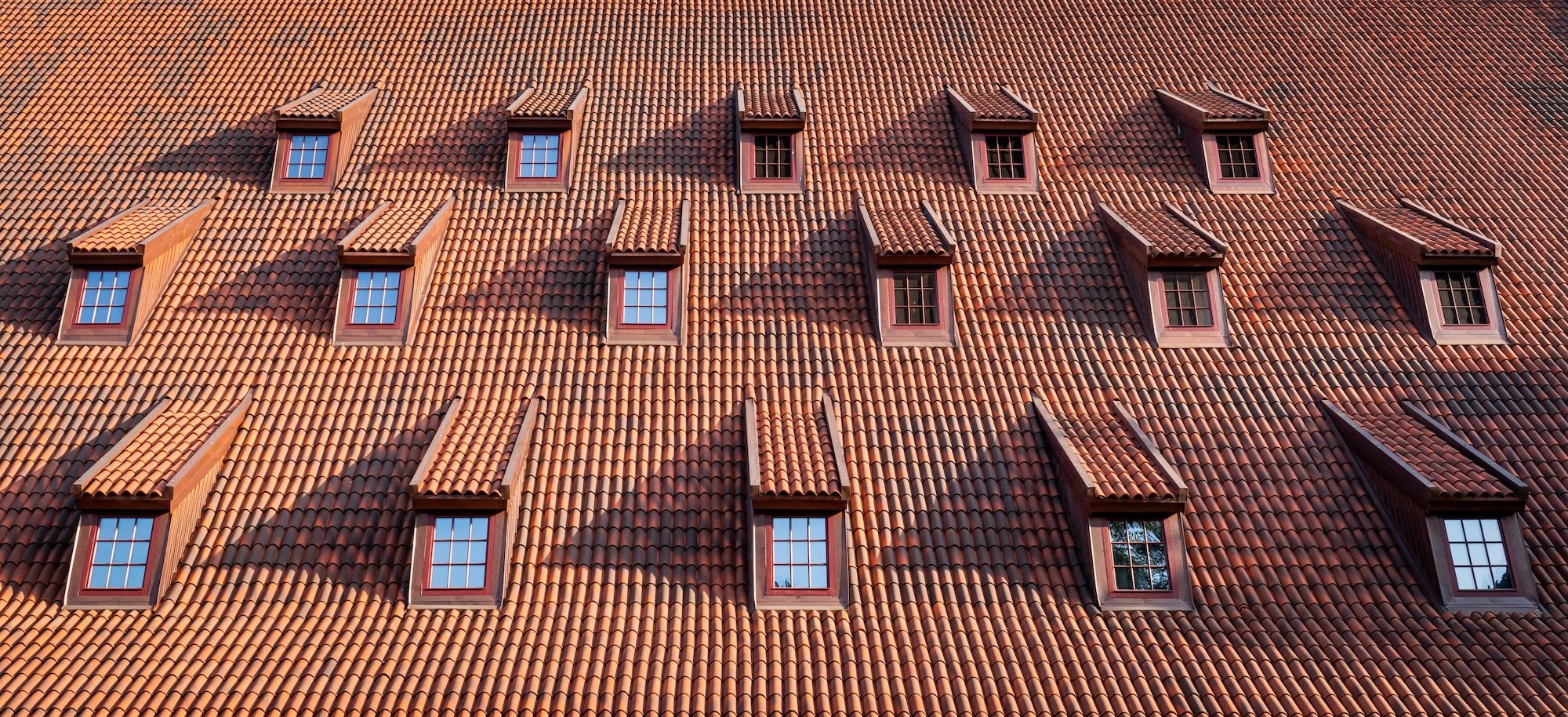Introduction
Since the dawn of civilisation, wood has been an essential material for humans. The evolution from rudimentary wooden tools to complex architectural constructs represents a testament to human ingenuity. However, the most remarkable evolution has come in the form of wood-based panels. These versatile materials, including the ever-reliable 12mm MDF sheet, have not only transformed design possibilities but also promoted sustainability in an ever-demanding world.
Understanding Wood-Based Panels
Wood-based panels consist of wood components such as particles, strands, veneers, or fibres bonded together with an adhesive under heat and pressure. Plywood, particleboard, and medium-density fibreboard (MDF) are among the most popular types. Over the years, these panels have grown from merely structural elements to important design components in various industries.
For instance, the 12mm MDF sheet has emerged as a reliable player in the furniture and interior design industry. Renowned for its durability, smooth finish, and workability, it provides an excellent canvas for designers to express their creativity. MDF’s inherent strength and stability make it ideal for complex designs that require precision and detail, and its affordability has democratised design like never before.
The Evolution of Wood-Based Panels
The Emergence of Plywood
The initial substantial step in the evolution of wood-based panels came with the invention of plywood in the early 20th century. It represented a significant leap in wood technology, offering an affordable, robust material with excellent water resistance. Plywood’s ability to resist warping and shrinking and its versatility in applications from construction to furniture design laid the groundwork for future wood-based panel innovations.
The Advent of Particleboard
Next came particleboard, made from wood particles combined with a synthetic resin or binder. Its key selling point was its affordability and suitability for interior fittings and furniture. The relative ease of manufacture and the fact that it could be produced from wood waste products made particleboard an early champion of sustainability.
The Rise of MDF
The subsequent evolution in wood panel technology brought us MDF. The 12mm MDF sheet, among its various thicknesses, has become a darling of the design world. MDF is stronger and denser than particleboard, with a smoother surface that can be painted, veneered, or laminated. Its consistency and machinability have made it a favourite for intricate and detailed design work.
Unleashing Design Potential
Enhanced Workability
The advent of wood-based panels brought unprecedented workability. This material’s uniform density and compactness make it ideal for cutting, drilling, and shaping without splintering or chipping, thus providing designers with a flexible canvas for their creations.
Consistent Quality
Wood-based panels offer consistent quality, free from the natural defects present in solid wood. This reliability ensures a predictable outcome, a critical aspect in large-scale production and complex designs. A 12mm MDF sheet provides a uniform, smooth surface, ideal for applications requiring high-quality finishes.
Sustainability and Wood-Based Panels
With deforestation being a significant concern globally, wood-based panels offer a sustainable solution. These materials maximise the utilisation of every part of a tree, including chips, particles, and even sawdust, significantly reducing waste. The ability to use fast-growing, lesser-quality trees or recycled wood further enhances their sustainability credentials.
The Future of Wood-Based Panels
The future of wood-based panels is looking brighter than ever, with technological advancements leading to improved quality and expanded applications. New treatments are increasing their durability and resistance to water and pests, further enhancing their appeal.
Moreover, the rise of digital fabrication techniques like CNC routing opens up new possibilities for intricate designs and precision work, particularly with versatile materials like the 12mm MDF sheet. These techniques, combined with the growing awareness of sustainability, position wood-based panels at the forefront of the design revolution.
Environmental Impact and Responsibility
In the era of climate change, the environmental responsibility associated with any industry cannot be ignored. Fortunately, the production of wood-based panels like MDF aligns well with the principles of environmental sustainability. These panels leverage wood waste products that would otherwise be discarded, thus promoting efficient resource use. Furthermore, they offer an alternative to solid wood, thus alleviating the pressure on our valuable forests. Many manufacturers have recognised this environmental responsibility, adopting more sustainable practices such as responsible sourcing and prioritising the use of recycled materials.
Innovations in Wood-Based Panels
Emerging technologies and innovations are continually enhancing the versatility and performance of wood-based panels. One such development is the advent of lightweight panels, which retain the strength and stability of traditional panels but are much easier to handle and install. Another promising innovation is in the realm of fire-resistant panels. By incorporating fire-retardant additives during the manufacturing process, these panels offer an extra layer of safety, particularly in public buildings and residential settings. Combining these innovative approaches with the excellent design potential of materials like the 12mm MDF sheet, the wood-based panel industry is poised to continue its upward trajectory in the years to come.
Conclusion
The evolution of wood-based panels has been a remarkable journey. From simple structural elements to versatile design materials, they have reshaped the landscape of design and construction. The 12mm MDF sheet and its kin are not just materials; they represent a symbol of human innovation, marrying functionality with aesthetics, and driving towards a sustainable future. The evolution is not over, though. As we stand at the brink of a new era in design, these humble panels are ready to play a starring role.
Discover more from Futurist Architecture
Subscribe to get the latest posts sent to your email.




